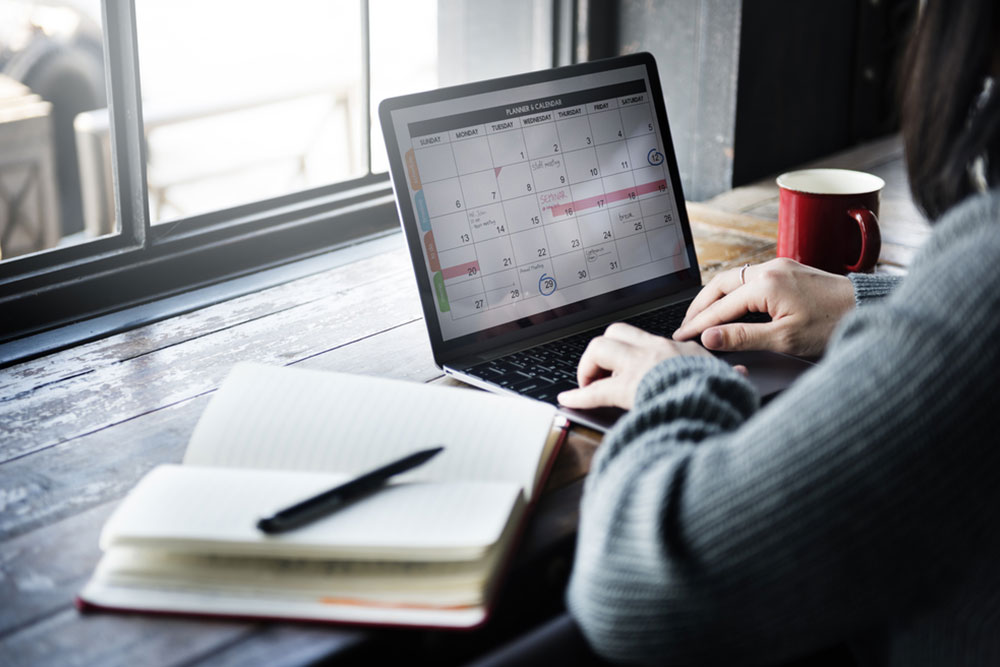Guide to Purchasing a Pre-Owned Laptop
Learn essential tips for buying a used laptop, including evaluating battery health, inspecting physical condition, checking software authenticity, and ensuring connectivity. This guide helps you make an informed decision to get the best value for your money, focusing on brand reliability and cost-effectiveness without sacrificing quality.

Guide to Purchasing a Pre-Owned Laptop
When considering buying a used laptop, it's important to focus on key factors rather than just price. Purchase a second-hand device because it offers good value, not simply because it is inexpensive.
Start by understanding your needs and intended use. Determine the primary tasks you perform and identify the minimum specifications such as RAM and CPU. Clarify whether the laptop's features align with your requirements before making a decision.
Assess the laptop’s battery health, especially if you plan to use it unplugged for long periods. A reliable battery ensures portability without constant charging.
For gaming or intensive tasks, a used laptop may not be ideal. Examine the device carefully—inspect the chassis, case, and hinges for damage or cracks. Look for missing ports or other missing components.
Verify the display for flickering, dead pixels, cracks, or backlight issues, as these can be costly to repair. The keyboard and touchpad should also be tested for responsiveness, as they are heavily used parts. Check all ports, including USB and CD drives, for proper function.
Ensure the laptop runs a genuine and updated Windows version for seamless performance. Test Wi-Fi connectivity to confirm internet access. Preferably, buy from recognized brands, which tend to have easier repair options and compatible spare parts. Lastly, negotiate the price carefully, especially since used laptops generally do not come with warranties.









